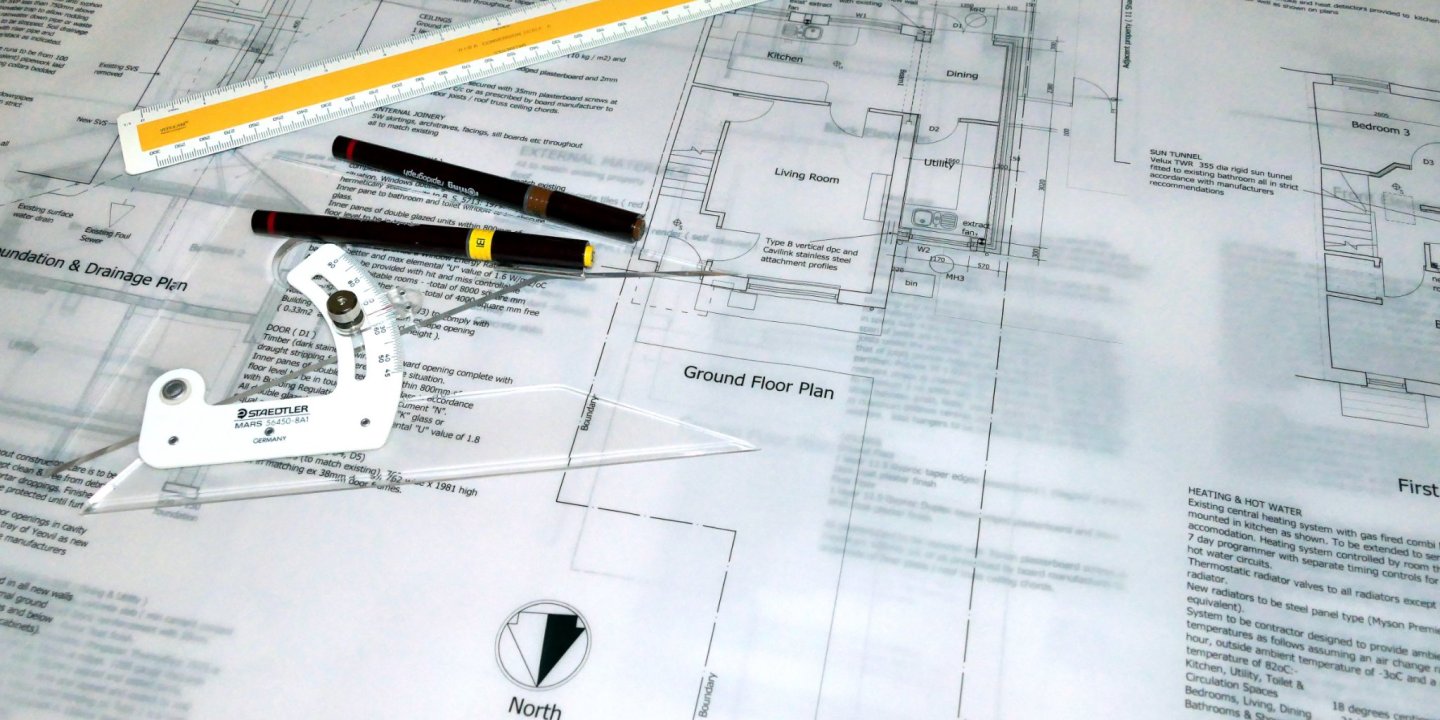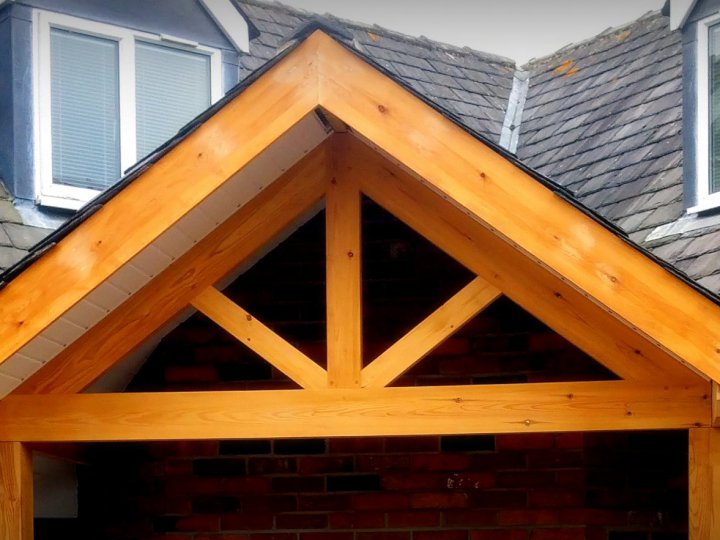
The exact text within the Building Safety Bill went through several versions, amendments, and revisions, ultimately attaining Royal Assent on the 28th April 2022 and becoming law as ‘The Building Safety Act 2022’, although many provisions outlined with the act did not come into law immediately as other pieces of secondary legislation are required.

The Building Safety Bill was originally announced in The Queens Speech to Parliament on the 19 December 2019 following the publication of The Hackitt review. This had multiple recommendations including the aim of providing a robust safety framework for high-rise buildings, competence requirements and enforcement actions.
The Building Safety Act 2002 focuses on high rise residential buildings, which are defined as buildings over 7 stories or more than 18 metres high. However, it will also have a broader impact across the entire UK construction sector as some of the requirements apply to all buildings.
The legislation introduces requirements to demonstrate the competency of those involved in the designing and construction of all buildings which goes further than The Construction Design & Management Regulations (CDM) 2015.
The legislation also establishes new regulatory bodies such as The National Construction Products Regulator (NRCP), The Building Safety Regulator (BSR) and The New Homes Ombudsman. It also reduces the accepted scope of use for Building Notices which can no longer be used for any major works.
Other pieces of legislation, such as The Fire Safety Act 2021 have also recently become law.

How Has The Building Safety Act Arisen?
On the 14th of June 2017 a fire began in a fourth story flat at Grenfell Tower in Kensington, London. The fire spread quickly and rapidly engulfed the high-rise 24 story residential building. It was declared as a ‘major incident’ leading to a very large coordinated rescue effort from the London Fire Brigade, London Ambulance Service and The Metropolitan Police.
Multiple investigates began as to the causes and spread of the fire and suspicion quickly fell on the roles the external aluminium composite cladding material as well as the polyethylene filler, foam insulation and integrated air gap which had been installed onto the building as part of a major renovation programme several years earlier all potentially played in the rapid spread of the fire.
A little over a month after the fire, on 28th of July 2017, the then Communities Secretary Sajid Javid MP announced that Dame Judith Hackitt, the former Health & Safety Commissioner and later Chair Of The Health & Safety (HSE) Executive, would lead an independent broad review of building fire safety processes in high rise and high risk buildings, the testing methodologies of fire rated products used in buildings as well as the effectiveness of existing building fire regulations. This was separate to the Grenfell Tower public inquiry led by Sir Martin Moore-Bick which had a much narrower focus on the events surrounding the fire at Grenfell Tower.
The first interim report was published on the 18th December 2017 with the final report entitled ‘Building A Safer Future’, also known as The Hackitt review being published on the 16th May 2018 which, amongst many areas, discussed the need for a more effective framework to ensure the safety of high-rise and high-risk buildings, the various roles and responsibilities of existing regulations and the effectiveness of their on-site enforcement.
